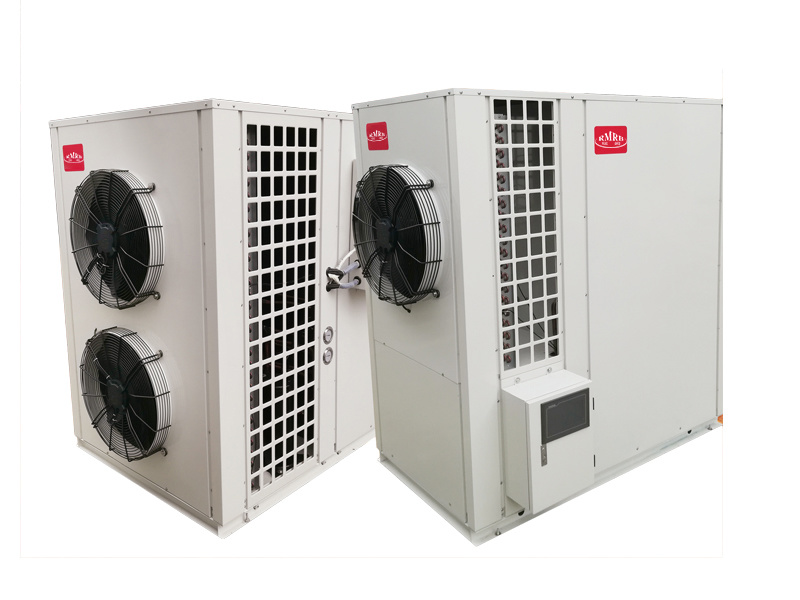Success Stories
Improve dryer efficiency
Published on:
2023-04-20
The production of the dryer uses high-temperature resistant and wear-resistant materials, so that the product has higher technological content, better performance, and better energy-saving and emission-reduction effects. With the rapid development of the economy, environmental protection and energy conservation have become a major theme of current social development and advocacy. Both enterprises and individuals are pursuing profit maximization, efficiency, and energy consumption reduction. This has become our common awareness.
The characteristics of the new high-efficiency dryer transformation: the finer the material particles, the better the uniformity of the flow, and the smaller the resistance trend in the system; the smaller the particle size, the larger the heating area, and the higher the evaporation intensity. On the contrary, the large particle group is easy to form a gas film layer and a hard layer, which prevents the heat transfer and mass transfer of the inner material. Therefore, when drying clay or shale, the material should be crushed first. For wet clay with high viscosity and high moisture content, its crushing is a difficult problem. Southwest Guizhou is the most prominent, while the south is mainly concentrated in the Northeast. The clay in these areas has high viscosity and strong plasticity, and there is a long period of permafrost in the Northeast, which brings difficulties to the crushing work. Therefore, when choosing a crusher, the physical properties of the raw materials must be fully considered. Generally speaking, for materials with obvious plastic deformation, the combination of extrusion and shearing in the static load transmission mode should be used for crushing, and single-toothed roller or double-toothed roller crushers are more suitable. Even feeding is the premise of realizing material flow evenly.
In the case of ensuring the balance of the thermal load of the dryer and the stability of the thermal system, the moisture content of the dried material is consistent, and the hot blast stove is provided with the same load, thereby improving the service life of the drying equipment and the electric precipitator. ; In addition, it can also make the exhaust temperature easy to grasp and control. Mechanical feeding generally adopts the method of "elevator + intermediate silo + disc feeder" or "belt conveyor + double flap discharge valve". The former is suitable for materials with low moisture and low viscosity, while the latter is suitable for materials with high moisture and high viscosity. Almost all rotary drum drying equipment adopts inclined chute feeding. Due to the high temperature of the furnace and the large change of the load, the scour and oxidation of the heated flue gas on the slide pipe are very serious, and the deformation and damage are very serious, and the replacement is quite troublesome. More seriously, the bent and deformed chute often pries the furnace roof or the fire sealing ring of the drying equipment, resulting in air leakage and material leakage, which will greatly reduce the thermal efficiency and service life of the drying equipment. No matter slide pipe adopts steel pipe or adopts cast iron pipe, all can not solve the problem that its service life is short well.
According to the moisture content of the material, the dryer adopts a high-tech technology with arbitrarily adjustable speed, so as to achieve the purpose of high production and low consumption. In order to prolong the service life of the feeding pipe of the drying equipment, the inclined slide pipe can be changed to the form of "straight pipe + lower trough plate". Scouring of hot flue gas; the lower part is the inclined plate, which connects the materials falling from the straight pipe, and then slides the materials into the drying equipment along the inclined plane. The chute plate is made of refractory cast iron plate, and the lower part is supported by refractory bricks.



